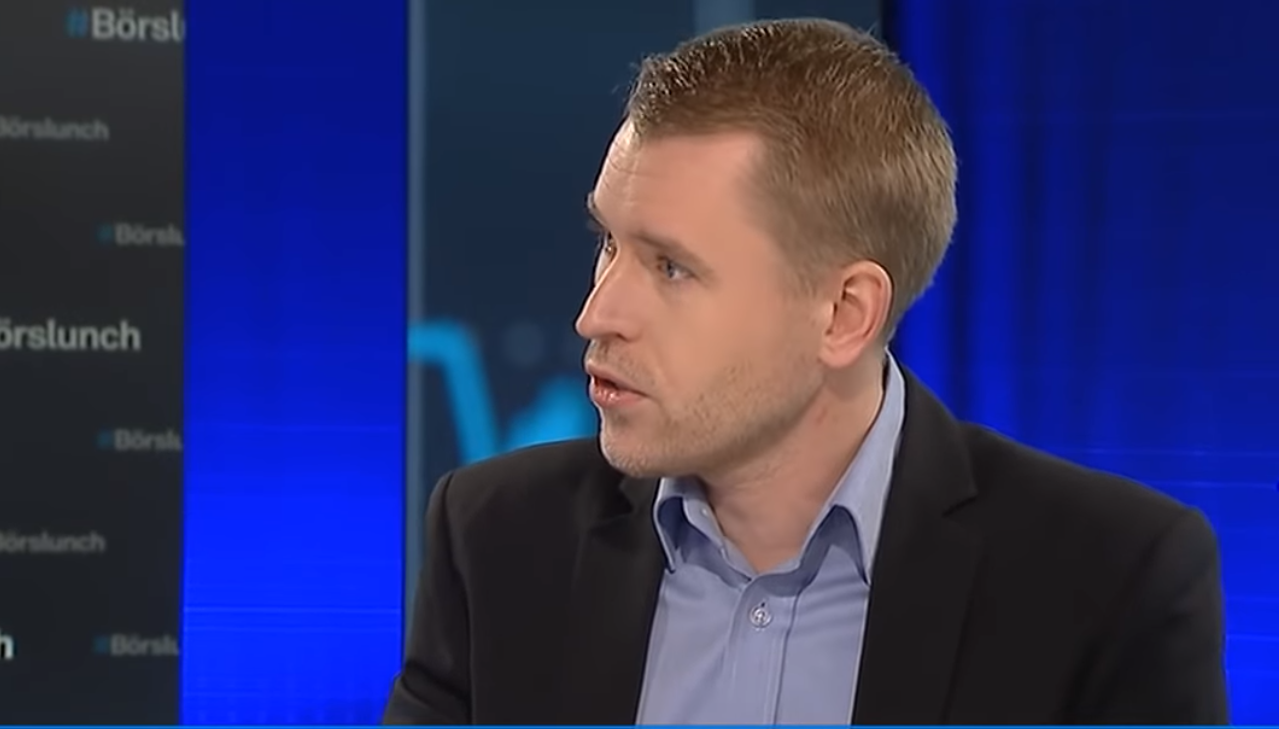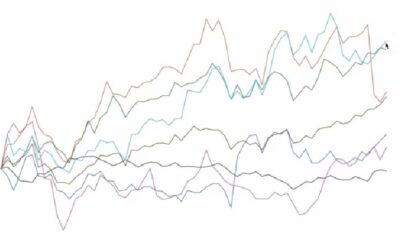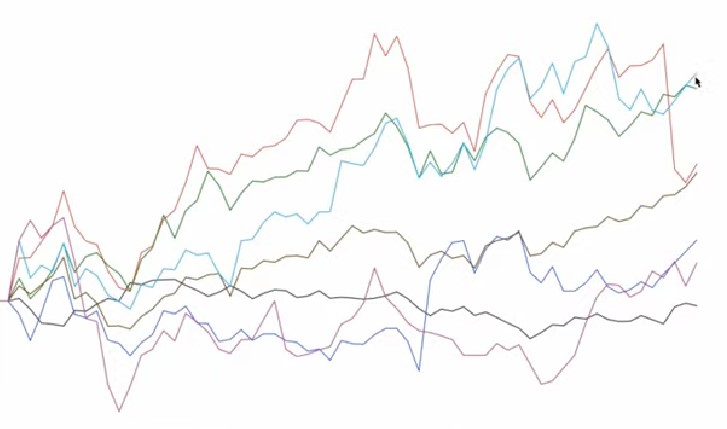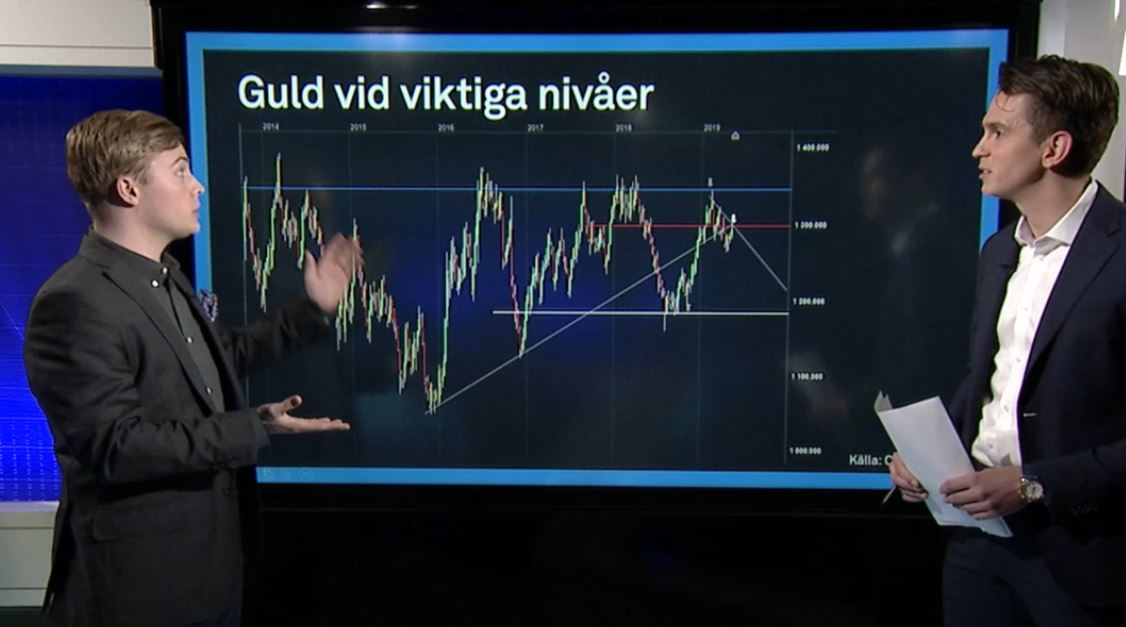Analys från DailyFX
USD/JPY Technical Analysis: USD/JPY Clears 109, Highest Since June
Talking Points:
- USD/JPY Technical Strategy: 200-DMA Now Treated As Support In Blast-Off Move
- USD/JPY Touches Five-Month Highs, Momentum Expected To Continue
- Japanese Prime Minister Shinzo Abe will meet with US President-elect Donald Trump Thursday
In the Post-Election G10FX World, the Japanese JPY is the weakest currency as measured by a 200-MA on a four-hour chart. Meanwhile, the US Dollar has become a new gauge of uncertainty in a world that has “thrived” off USD weakness. USD weakness tends to indicate higher commodity prices, international credit demand, and demand for risky assets that had driven much of the global demand in emerging market debt markets.
Access Our Free Q4 Trading Guides That Focus On Tradeable Themes Here
A fascinating piece of work by the head of research at the Bank of International settlements, Hyun Song Shin showed the USD per the DXY is in the works of communicating more about the global uncertainty than the CBOE VIX. Much of his argument centered around the boost higher in USD aligning as a barometer for leverage demanded across the world, which is a predictor of global growth given the large amount of global dollar-denominated liabilities that the BIS has recently tallied north of $3T.
While JPY strength should always be considered in times of global macro stress, the USD strength could continue to keep this strong/weak trade trending higher. The USD is currently second to the British Pound as above the 200-MA on an H4 chart, whereas the JPY EUR are the two weakest by the same measure as of Tuesday, November 15, 2016:
One technical development that we alerted you to was how USD/JPY had multiple rejections of 99/101 zone. The strong bounces off this level seemed to be indicative of either intervention from Japan to sell the JPY or unwillingness for institutions to hold long JPY positions against the USD below 101. Either way, the sharp move higher in US Yields that has helped fuel the USD rally that continues to persist with US/JPY 10Yr Spread near its widest level in a year at -222.5. While there is an expectation that this move will retrace somewhat, the trend may be shifting higher as we look at the charts.
D1 USD/JPY Chart: USD/JPY Has Broken Months’ Worth of Resistance in the Last Week
Chart Created by Tyler Yell, CMT, Courtesy of TradingView
Price Action in USD/JPY has seen price pull higher from previously mentioned resistance at the 200-DMA as well as the post-Brexit high of 107.49. Given the sharp rise in yields and the US/JPY sovereign spread widening that we mentioned above, we encouraged traders to be on the watch for USD/JPY rush in or fear of missing out trade that could keep USD/JPY bid. Tuesday’s high above 109 seemed to signal the FOMO trade in play.
Register For a Free Price Target Webinar Hosted by Tyler Yell, CMT on Tuesday, 3 pm EST
One indicator that we’ve long-watched that kept our bias consistently lower has broken. The Andrew’s pitchfork above is drawn off of key pivots that are made from the 2015 high, August 24 low and the lower high in November. This Pitchfork has done an outstanding job of framing price action and keeping our focus lower, but the time appears to have changed. This week’s price action has taken us aggressively through the channel that has framed price action and could be indicative of a larger trend shift that could take us to the ~115/6 if not higher over the coming months.
Last week’s sharp moves are being treated as part a bottoming process. The Bullish view that I’m holding has been validated. This view will remain if the price holds on a closing basis above the 200-DMA at 106.47.
Shorter-Term USD/JPY Technical Levels: November 15, 2016
For those interested in shorter-term levels of focus than the ones above, these levels signal important potential pivot levels over the next 48-hours.
T.Y.
Analys från DailyFX
EURUSD Weekly Technical Analysis: New Month, More Weakness
What’s inside:
- EURUSD broke the ‘neckline’ of a bearish ‘head-and-shoulders’ pattern, April trend-line
- Resistance in vicinity of 11825/80 likely to keep a lid on further strength
- Targeting the low to mid-11600s with more selling
Confidence is essential to successful trading, see this new guide – ’Building Confidence in Trading’.
Coming into last week we pointed out the likelihood of finally seeing a resolution of the range EURUSD had been stuck in for the past few weeks, and one of the outcomes we made note of as a possibility was for the triggering of a ’head-and-shoulders’ pattern. Indeed, we saw a break of the ’neckline’ along with a drop below the April trend-line. This led to decent selling before a minor bounce took shape during the latter part of last week.
Looking ahead to next week the euro is set up for further losses as the path of least resistance has turned lower. Looking to a capper on any further strength there is resistance in the 11825-11880 area (old support becomes new resistance). As long as the euro stays below this area a downward bias will remain firmly intact.
Looking lower towards support eyes will be on the August low at 11662 and the 2016 high of 11616, of which the latter just happens to align almost precisely with the measured move target of the ‘head-and-shoulders’ pattern (determined by subtracting the height of the pattern from the neckline).
Bottom line: Shorts look set to have the upperhand as a fresh month gets underway as long as the euro remains capped by resistance. On weakness, we’ll be watching how the euro responds to a drop into support levels.
For a longer-term outlook on EURUSD, check out the just released Q4 Forecast.
EURUSD: Daily
—Written by Paul Robinson, Market Analyst
You can receive Paul’s analysis directly via email bysigning up here.
You can follow Paul on Twitter at@PaulRobinonFX.
Analys från DailyFX
Euro Bias Mixed Heading into October, Q4’17

Why and how do we use IG Client Sentiment in trading? See our guide and real-time data.
EURUSD: Retail trader data shows 37.3% of traders are net-long with the ratio of traders short to long at 1.68 to 1. In fact, traders have remained net-short since Apr 18 when EURUSD traded near 1.07831; price has moved 9.6% higher since then. The number of traders net-long is 15.4% lower than yesterday and 16.4% higher from last week, while the number of traders net-short is 0.4% higher than yesterday and 10.5% lower from last week.
We typically take a contrarian view to crowd sentiment, and the fact traders are net-short suggests EURUSD prices may continue to rise. Positioning is more net-short than yesterday but less net-short from last week. The combination of current sentiment and recent changes gives us a further mixed EURUSD trading bias.
— Written by Christopher Vecchio, CFA, Senior Currency Strategist
To contact Christopher Vecchio, e-mail cvecchio@dailyfx.com
Follow him on Twitter at @CVecchioFX
To be added to Christopher’s e-mail distribution list, please fill out this form
Analys från DailyFX
British Pound Reversal Potential Persists Heading into New Quarter

Why and how do we use IG Client Sentiment in trading? See our guide and real-time data.
GBPUSD: Retail trader data shows 38.2% of traders are net-long with the ratio of traders short to long at 1.62 to 1. In fact, traders have remained net-short since Sep 05 when GBPUSD traded near 1.29615; price has moved 3.4% higher since then. The number of traders net-long is 0.1% higher than yesterday and 13.4% higher from last week, while the number of traders net-short is 10.6% lower than yesterday and 18.3% lower from last week.
We typically take a contrarian view to crowd sentiment, and the fact traders are net-short suggests GBPUSD prices may continue to rise. Yet traders are less net-short than yesterday and compared with last week. Recent changes in sentiment warn that the current GBPUSD price trend may soon reverse lower despite the fact traders remain net-short.
— Written by Christopher Vecchio, CFA, Senior Currency Strategist
To contact Christopher Vecchio, e-mail cvecchio@dailyfx.com
Follow him on Twitter at @CVecchioFX
To be added to Christopher’s e-mail distribution list, please fill out this form
-
Analys från DailyFX10 år ago
EUR/USD Flirts with Monthly Close Under 30 Year Trendline
-
Marknadsnyheter5 år ago
BrainCool AB (publ): erhåller bidrag (grant) om 0,9 MSEK från Vinnova för bolagets projekt inom behandling av covid-19 patienter med hög feber
-

 Marknadsnyheter2 år ago
Marknadsnyheter2 år agoUpptäck de bästa verktygen för att analysera Bitcoin!
-
Analys från DailyFX12 år ago
Japanese Yen Breakout or Fakeout? ZAR/JPY May Provide the Answer
-

 Marknadsnyheter2 år ago
Marknadsnyheter2 år agoDärför föredrar svenska spelare att spela via mobiltelefonen
-
Analys från DailyFX12 år ago
Price & Time: Key Levels to Watch in the Aftermath of NFP
-
Analys från DailyFX8 år ago
Gold Prices Falter at Resistance: Is the Bullish Run Finished?
-

 Nyheter7 år ago
Nyheter7 år agoTeknisk analys med Martin Hallström och Nils Brobacke













